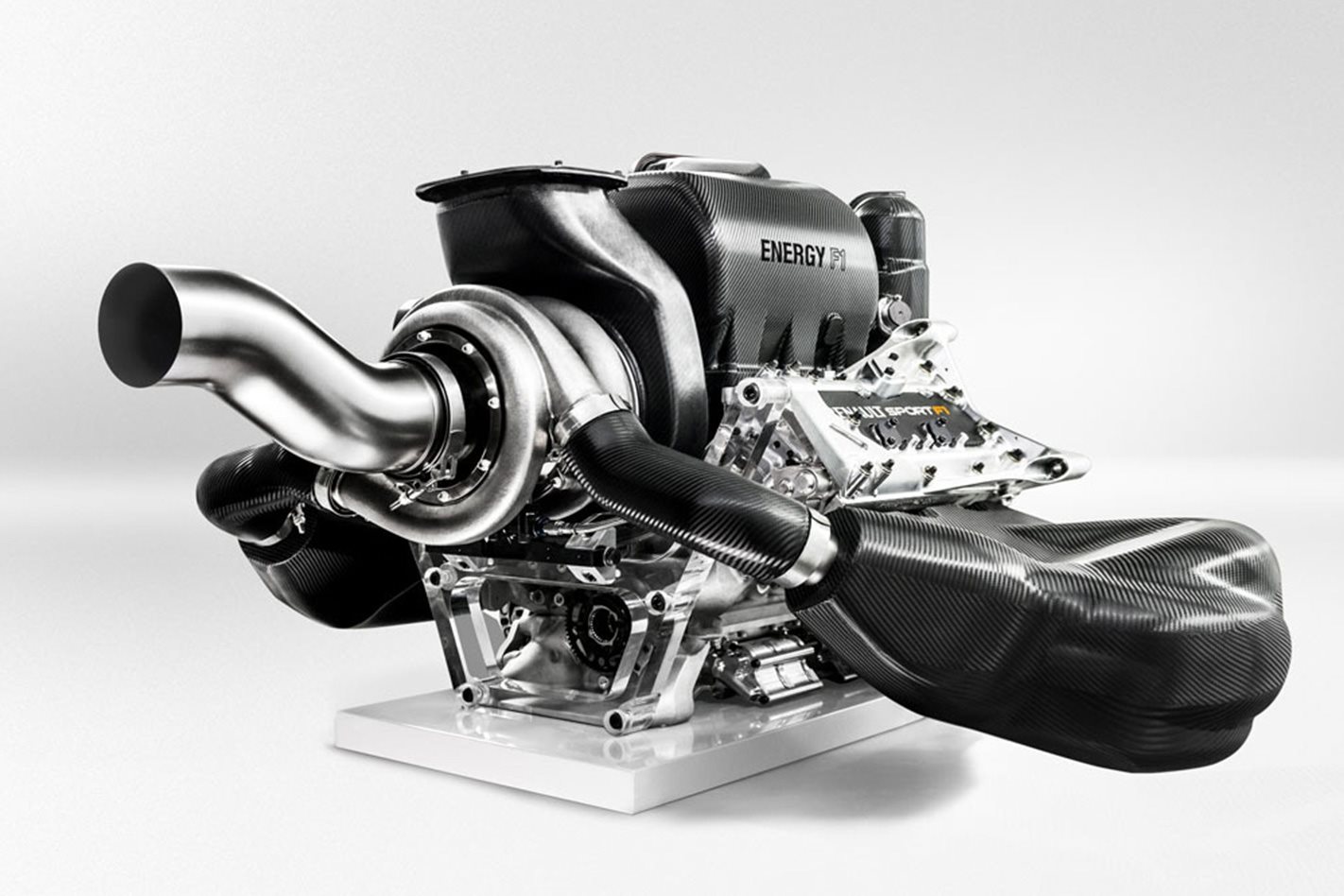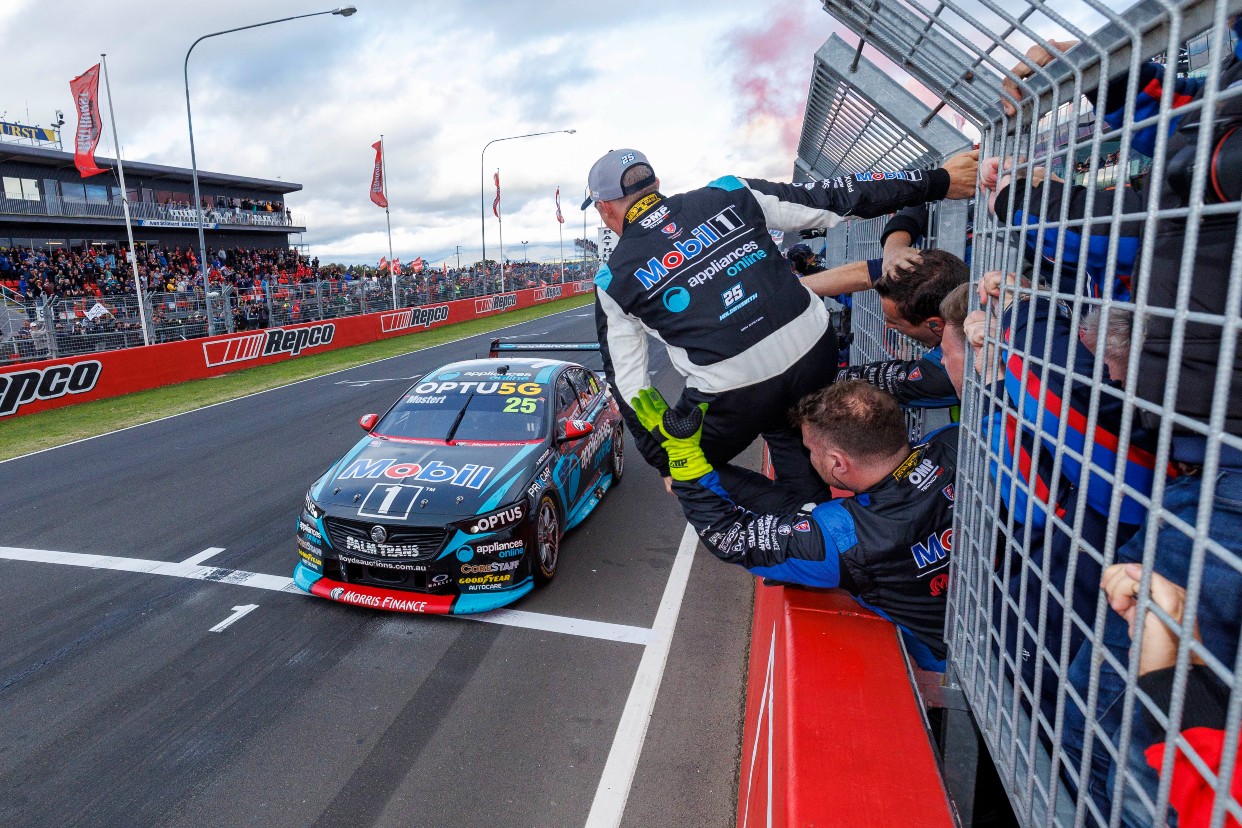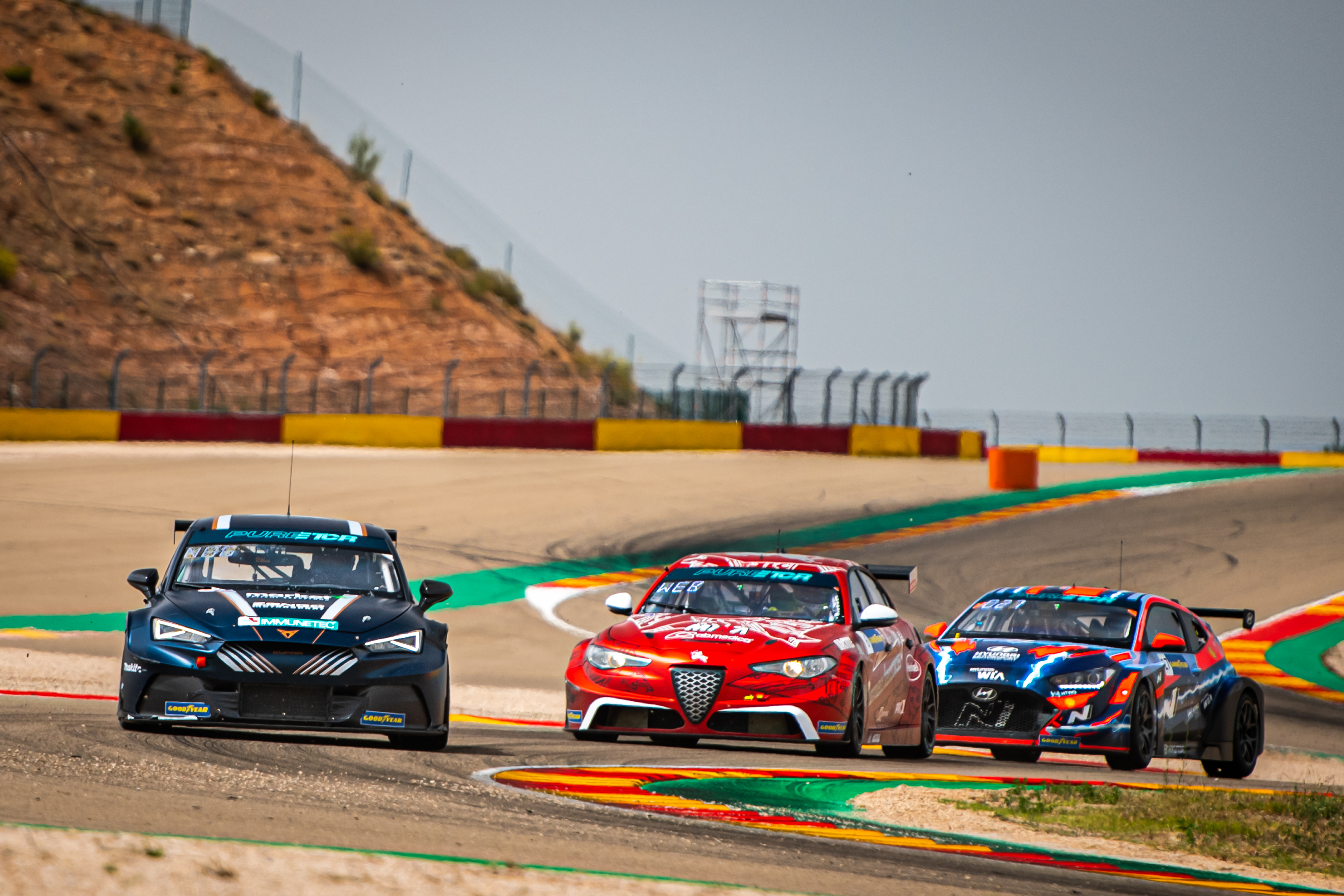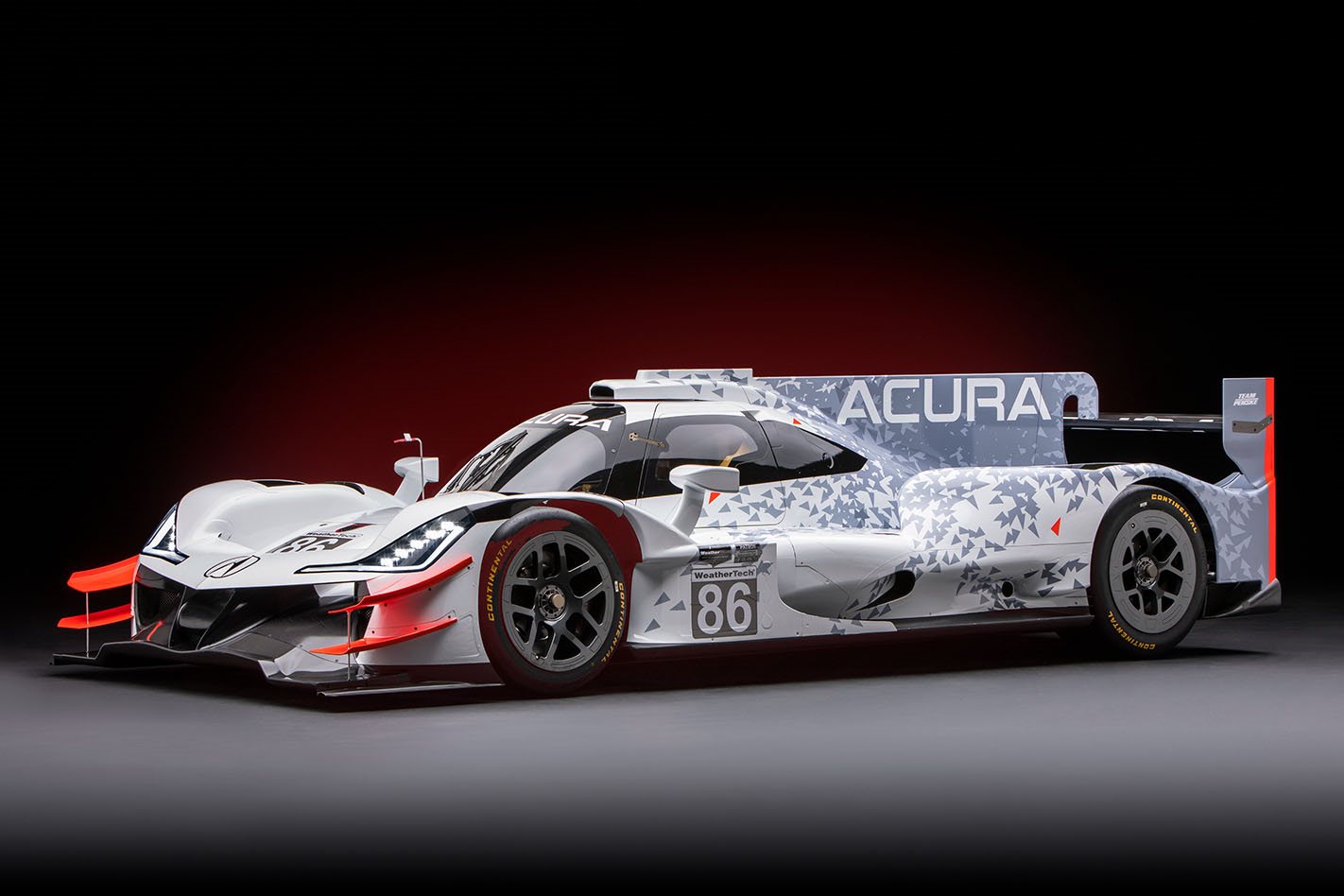FORMULA One will have new power unit regulations for next season, with the intention to reduce eye-watering costs while guaranteeing supply for customer teams.
Under the new 2017 rules, the FIA can compel the manufacturer with the fewest customers to supply a F1 team that needs an engine.
The end target is to close the performance gap between engines, as well as improving the exhaust sounds they make.
Lengthy talks involving the four F1 power unit manufacturers – Mercedes, Ferrari, Renault and Honda – came up with agreement that the existing ‘token’ system for in-season engine development will go.
In part, the FIA statement revealed an agreement on power units covering four key areas relating to the cost and supply price, obligation to supply, performance convergence and the sound of the power units. The new regulation will apply to the 2017-2020 period.
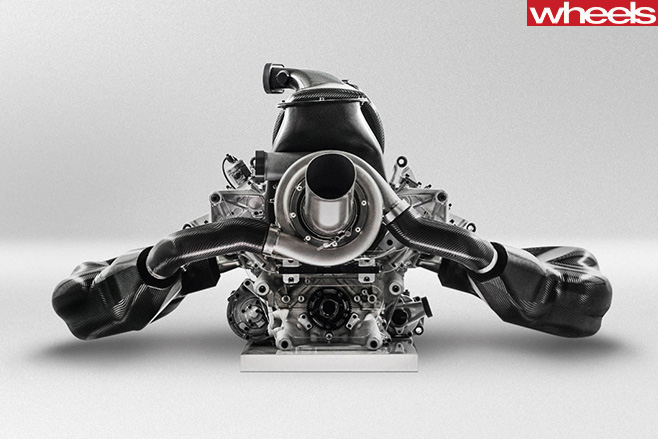
From 2018, the annual supply price to customers will be reduced by a further €3m.
The FIA also insists supply of power units to customer teams will be ensured, as the homologation procedure will include an “obligation to supply” that will be activated in the event of a team facing an absence of supply.
There are also measures aimed at achieving performance convergence and constraints on power unit part weights, dimensions and materials, and on boost pressure will be introduced in 2017 and in 2018.
Based on the number of teams competing in the championship, the FIA can, if required, make it compulsory for the manufacturer with the lowest number of customers to step in.
This requirement won’t apply to a new power-plant manufacturer entering the sport.

No. Mercedes is supplying Force India, Williams and Manor as well as its own factory team.
From 2018, there will also be a reduction in the number of engine parts permitted before penalty.
Each driver may use no more than three internal combustion engines, three MGU-Hs, three turbochargers, two energy stores, two sets of control electronics and two MGU-Ks per season.
At Sochi, F1 boss Bernie Ecclestone didn’t appear convinced that the engine situation is completely sorted. “We will have to see.
“All we really want to do is make sure all the engines are equal, so people that are supplying to customers and the customers get the same power unit.”
Ecclestone suggested the regulations would be scrapped if convergence did not happen.
He is no fan of the hybrid engines.

